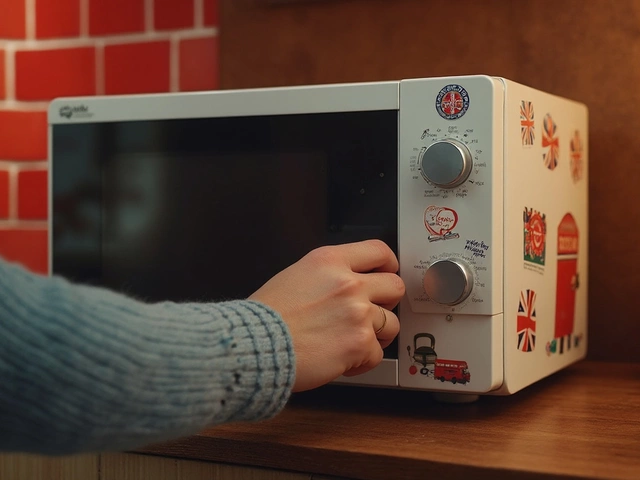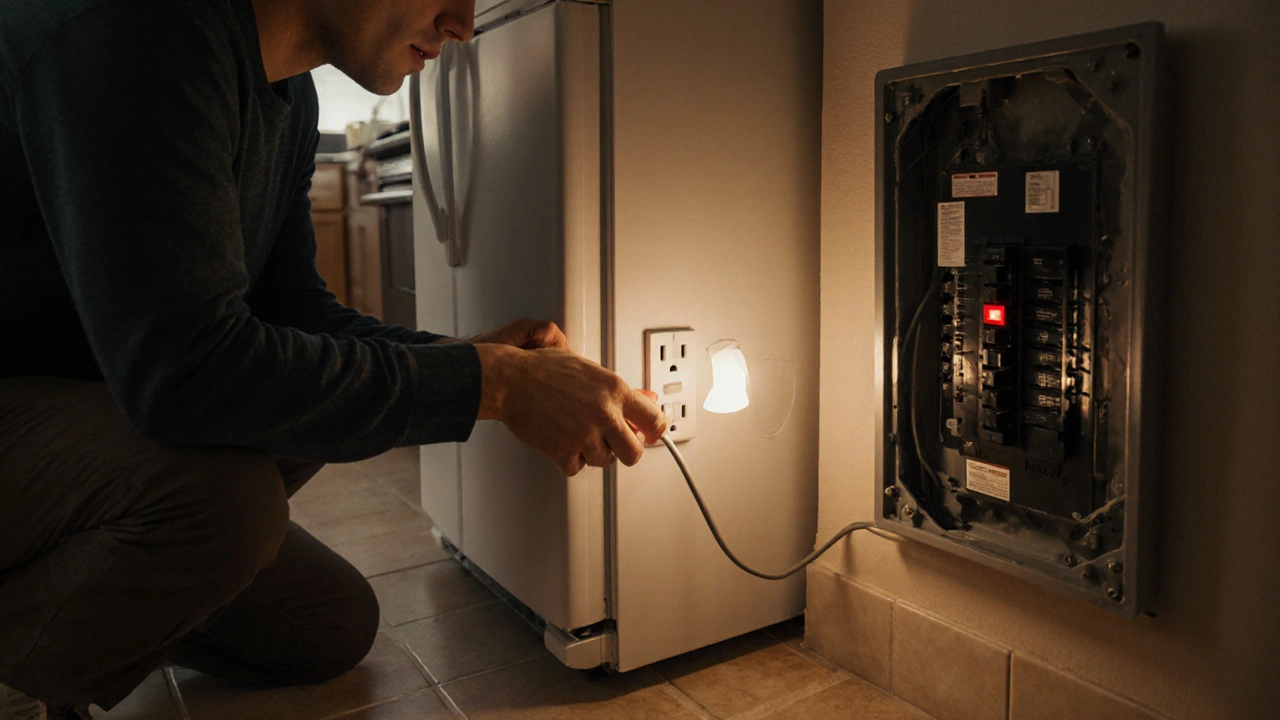Refrigerator Not Cooling: Why Your Fridge Stops Chilling
When dealing with Refrigerator Not Cooling, the frustrating situation where a fridge fails to keep food cold. Also known as fridge not chilling, it usually signals an underlying mechanical or electrical problem that needs attention. Understanding the symptom helps you decide whether a simple clean‑up will do or a professional repair is required.
One of the most common culprits is the compressor, the heart of the cooling cycle that compresses refrigerant and drives heat exchange. If the compressor stalls, overheats, or loses power, the fridge loses its ability to remove heat, leading straight to the refrigerator not cooling issue. Another key player is the temperature sensor, a device that monitors internal temperature and tells the compressor when to run. A faulty sensor can send the wrong signal, causing the compressor to shut off or run continuously without achieving the set temperature. The evaporator coil, the component where refrigerant absorbs heat inside the fridge can also get clogged with ice, restricting airflow and causing uneven cooling. Together, these parts form a chain of cause‑and‑effect: a bad sensor triggers a compressor that can’t keep up, while a frozen coil blocks the cooling path.
What to Check Before Calling a Pro
Start with the easy stuff. Make sure the fridge is plugged in securely and the outlet works—sometimes a tripped breaker is the hidden cause. Next, inspect the door seals; a leaky seal lets warm air in, forcing the compressor to work harder and eventually shut down. Clean the condenser coils at the back or underneath; dust buildup acts like insulation and raises the compressor’s temperature, leading to overheating shutdowns. If you hear the compressor humming but the interior stays warm, the problem often lies with the temperature sensor or a clogged evaporator coil. Defrost the freezer if you see ice thickening the coil—unplug the unit, let it melt, and wipe dry before restarting.
When these checks don’t restore proper cooling, it’s time to think bigger. A failing compressor usually means a costly repair, but a sensor replacement or coil cleaning can be done in a couple of hours with basic tools. Knowing which component is at fault saves you from unnecessary part orders and reduces downtime. Below you’ll find a curated list of articles that dive deeper into each of these areas: from diagnosing compressor failure, understanding why freezers stop freezing, to cost‑benefit analysis of repairing an old fridge. Use them as a step‑by‑step guide to get your kitchen back on track.






